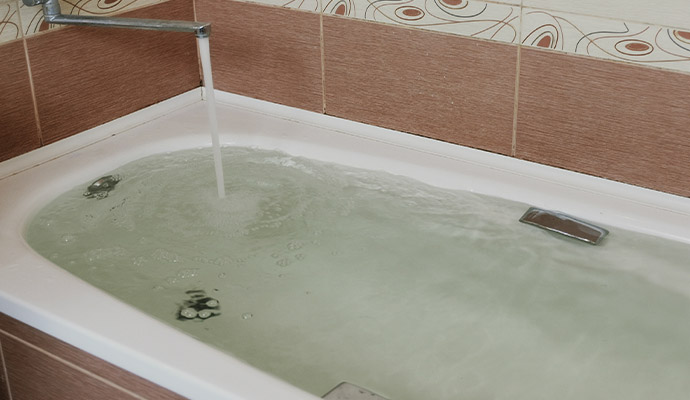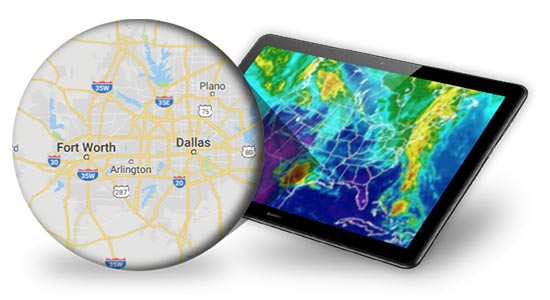24/7 Emergency Services
Projects Complete
- 24/7 Emergency Services
- Free Estimates
- Work Directly with All Insurance Companies
- Bonded & Insured
Emergency Shower & Bathtub Overflow Prevention Tips

If you thought that the only drainages in your household that can clog and overflow are your toilet and kitchen sink, think again. Your bath tub takes approximately the same amount of abuse each day with water, soap particles, hair care products and other solid objects passing through it en route to the sewers. Just like any other drainage, your bath tub drain can clog up and overflow, resulting in an indoor flood that can cause water damage on your property.
Fortunately, preventing a bath tub overflow isn’t the most complex thing in the world. You’ll just have to be careful not to let debris go down this drain as you and your family enjoy the comforts of refreshing baths. Here are a few tips to keep your tub drains clear:
- Keep the drain cover on at all times. This keeps most solid objects out of your tub’s drainage line.
- Keep your tub clean and hair-free as much as possible. Your bath tub’s drain cover keeps most hair strands out, but some eventually get through. Over time, hair can accumulate in your drain and create a clog.
- Avoid disposing of oily fluids into your drain. Oil, grease and fats are known to linger on in your drain, get bigger as more debris comes in, and cause a clog.
- Educate your children on proper tub use. Kids love to play while they’re in the tub and sometimes they remove the drain covers and flush down toys. When this happens, you’ll have a clog that’s tough to remove and it can require plumbing services to clear.
Dealing with a Bath Tub Overflow
If a clog does materialize and your tub threatens to overflow, you have to take immediate action so the water doesn’t find its way to your home’s dry areas. Take the following steps if water refuses to go down the drain of your bathroom’s tub:
- Shut off the water supply that’s filling the tub. This could be your shower or a faucet. Make it a point to do this before attempting anything else.
- Bail out the water from your tub. Use a pitcher or a small bucket to remove as much liquid as you can from it. This water can be disposed of outdoors, through your sink or through your toilet.
- Once most of the water is gone, inspect the drain. If there’s anything obstructing water flow that’s visible to you, prod it with a stick or a small rod and remove it. Make sure to wear rubber gloves while doing this.
- If there’s no visible debris blocking water flow, use a plunger to try and force the clog to clear up. This may take several tries, so keep at it. Note that tubs have drain overflows that create a pressure and vacuum leak which makes plunging less effective on tubs than it is on sinks and toilets.
- If the plunger isn’t of help, use chemical drain openers to try and partially dissolve the clog. Read the instructions carefully and use personal protective equipment such as goggles, gloves and a face mask when handling these substances. They’re usually caustic and toxic, so be very careful. Give the chemical time to work and see if that allows water to drain at a normal rate afterwards.
- If the chemical drain opener doesn’t help, you may have something very hard clogging your tub drain. If you have a plumbing snake, use that to try and get it out of the water’s way.
- If the snake still doesn’t give you the results you need, call a licensed plumber to do the work for you. This may involve manually detaching the tub’s drain and cleaning it thoroughly.
Hopefully, these tips help you address the threat of water damage from a bath tub overflow. At Dalworth Restoration, we understand that unclogging a tub isn't necessarily something you’ll want to do yourself. In that event, give us a call and our friendly staff can give you information on how we can help you. We’re open 24 hours a day, seven days a week and we’re always on standby to drive right to your Dallas or Fort Worth home’s doorstep. For general inquiries, you can also leave us a message via our Contact us page.















